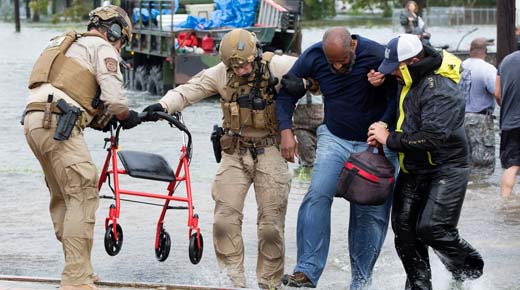In the last week of August 2017, two extreme weather events occurred on opposite sides of the world. Hurricane Harvey brought record-breaking rain and catastrophic flooding to Houston, Texas, causing loss of life, mass evacuation of people, and damage estimated to be in billions of dollars. Around the same time, Mumbai, India, received extremely heavy monsoon rains, flooding roads, crippling the city’s public transport, and stranding thousands of people.
Reports say that one reason why Houston is particularly prone to flooding—apart from geographical factors—is “the lack of a will or policy to get serious about flood control.’’ The report blames ‘‘rampant urban expansion where concrete has gotten priority over maintaining green space.” It adds that an earlier hurricane in 2008 prompted discussions about building coastal flooding protections, ‘‘but that didn’t go anywhere.”
…

Comments
Firefighting
Unfortunately, standard accounting practice will show this activity as "non-value added".
Translation: We can save money by axing these drags on profitablity!
One quote I have never forgotten: "Money is too imporatant to leave to accountants!"
Add new comment